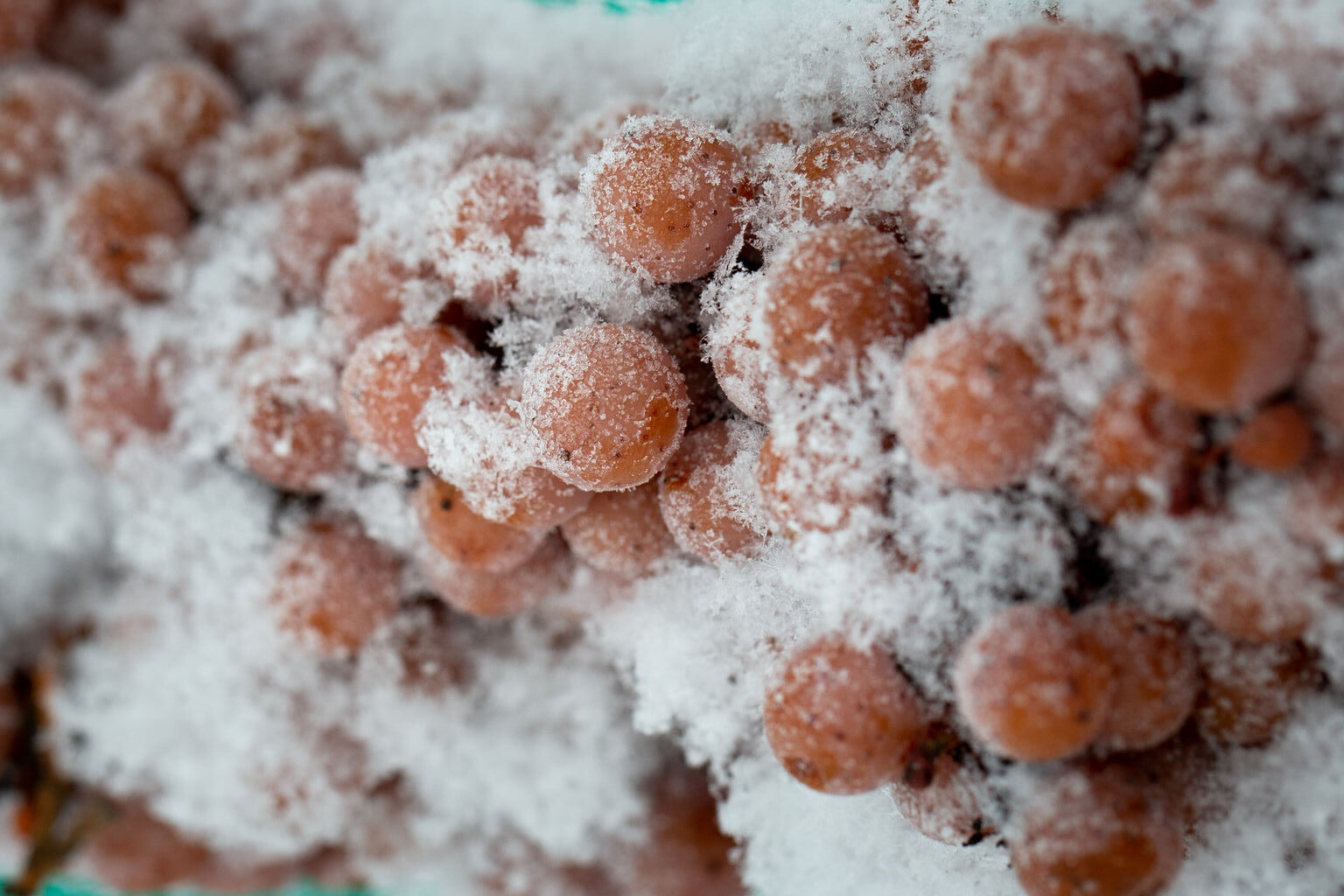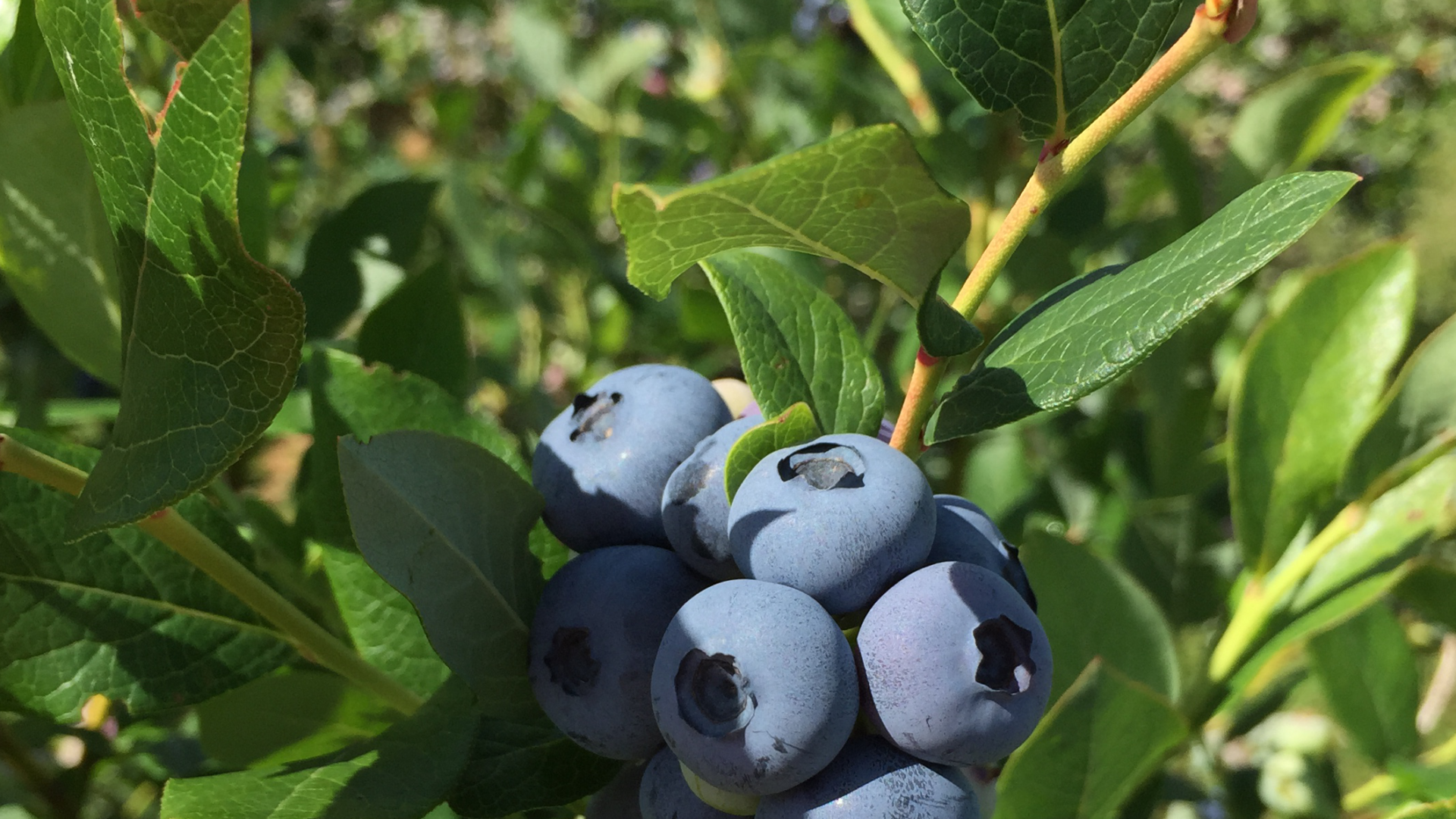Description
Recognition of Vin de glace du Québec (and its English translation, Québec Icewine) as a Protected Geographical Indication (PGI) was granted on December 30, 2014 by the Ministre de l’Agriculture, des Pêcheries et de l’Alimentation du Québec in legal notice 62533 published in the Gazette officielle du Québec, volume 146, no. 53.
Wine growing had been practised on a small scale since the beginnings of New France. In around 1864, the Québec government decided to encourage it by subsidizing experimentation and the use of hardier hybrid varieties from the United States. However, it was not until 1985 that commercial viticulture began in Québec, launched by a group of five pioneer wine growers who secured the right to sell their production.
Icewine had been introduced into British Columbia in 1973 by Walter Heinle, a German immigrant. Production subsequently began to take off in Ontario and, as demand grew, Québec wine growers followed the trend in 1994.
Ideal winter weather for concentrating the sugars in grapes
Weather conditions such as cold, wind, low winter air humidity, and the cycle of freezing and thawing naturally cause grapes to dehydrate. Sugars, acids and polyphenols are concentrated in the fruit as water evaporates. The freeze-thaw cycle, with a wide range of temperatures, is repeated many times in Québec during the autumn and early winter. The effect on grapes is similar to slow cooking and gives icewine its characteristic taste and aromas.
In addition, grapes grown in Québec are characterized by sustained acidity, brought out by the climate, giving Québec Icewine a distinctive freshness and balance. The expertise acquired by Québec’s winegrowers is reflected in the organoleptic characteristics of the icewine they produce. These characteristics are responsible for the prestigious reputation that certified Québec Icewine products have acquired in the eyes of the public and of wine experts.
Moreover, recognition of this PGI enables the province’s wine growers to comply with the federal regulation that icewine must be made exclusively from grapes that have frozen naturally on the vine.
Key certification requirements
Grapes used in the elaboration of a certified Québec Icewine product must be picked by hand and come exclusively from Québec, inside the delimited geographic area set out in the specifications manual.
All grape varieties, white and red, may be used for Québec Icewine, except for pure Vitis labrusca varieties.
The process whereby sugars in the grapes are concentrated naturally is one of the key elements in the elaboration of Québec Icewine. The use of artificial freezing or refrigeration methods to concentrate sugars is prohibited at every stage of the product’s elaboration.
The must is required to have a sugar content of at least 32°Brix at every pressing, and then at least 35°Brix in the vat prior to fermentation.
The alcohol content of the Québec Icewine PGI varies from 7% to 14.9% alcohol by volume. The residual sugars (at least 125 grams per litre) and alcoholic strength are purely the result of the natural sugars of the grapes having frozen naturally on the vine. If the product is sparkling, this quality is solely the result of first or second fermentation and is obtained either by the closed-vat method or the traditional method, in accordance with current regulations. Lastly, rectifying the product through fortification, chaptalisation or any other process is prohibited.
For a product to carry the PGI reserved designation Québec Icewine, all the chemical, visual and organoleptic characteristics set out in the specifications manual must be met.
These characteristics are evaluated by the tasting panel, which tastes each product before authorizing it to bear the designation. The Québec Icewine PGI designation is reserved for finished products bottled in glass bottles at the vineyard ready for retail sale.
It should be noted that processed products (food or alcoholic products) containing Québec Icewine as an ingredient are not subject to mandatory certification.
However, if processed products display the Québec Icewine PGI designation, the alcohol used by the processor must be certified as compliant with the specifications of the designation.
Geographical area of the designation
Three agro-climatic indices are used to delimit the area of Québec in which Québec Icewine may be produced: the number of days free of minimal frost (150 or more days with a temperature threshold of -2 °C), minimum cumulative degree days (900 or more with base temperature of 10 °C) and minimum winter temperature (greater than -35 °C). The attached map shows a representation of this area.
Accredited certification bodies
The accredited certification body for the Québec Icewine PGI is Ecocert Canada. For more information on certification, send an email to: info.canada@ecocert.com

